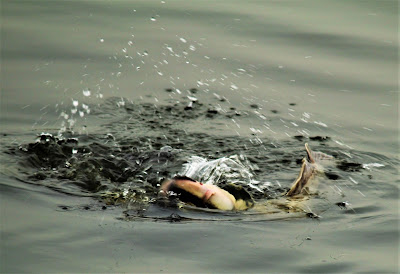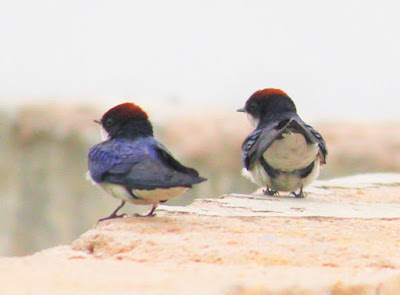The Basai Wetland, a yet to be notified wetland by the Government, supports a wide range of Avian life, including resident birds and migratory ones. What makes the Basai Wetland easily reached from Gurgaon is that it is barely a fifteen-minute drive from Old Gurgaon.
What makes the Basai even more attractive for birders is that the wildlife department has put no restrictions on their entry, though I guess a good amount of revenue could be earned through entry fees, greater than the amount earned through fishing contracts!
The sight of Sarus Cranes flying by can be a most satisfying moment. One feels liberated on seeing such beauty in nature, birds celebrating life to the fullest, affirming the immense possibilities in life. Sarus Cranes are a metaphor for togetherness and matrimonial harmony. There is so much that we can learn from nature, that too by visiting wetlands like the Basai Wetland.
Little Grebes can be interesting to watch especially at the beginning of the breeding season. This particular Grebe gave me the benefit of a smile as if telling off and not to pry!
Black-winged Stilts can be found throughout the season, they only need some water to survive on. They are particularly noisy birds and can be found flying in formation.
Bitterns, Herons and Egrets are very secretive and they remain still for ages! Hidden in the grass, they wait for the right moment to strike.







































